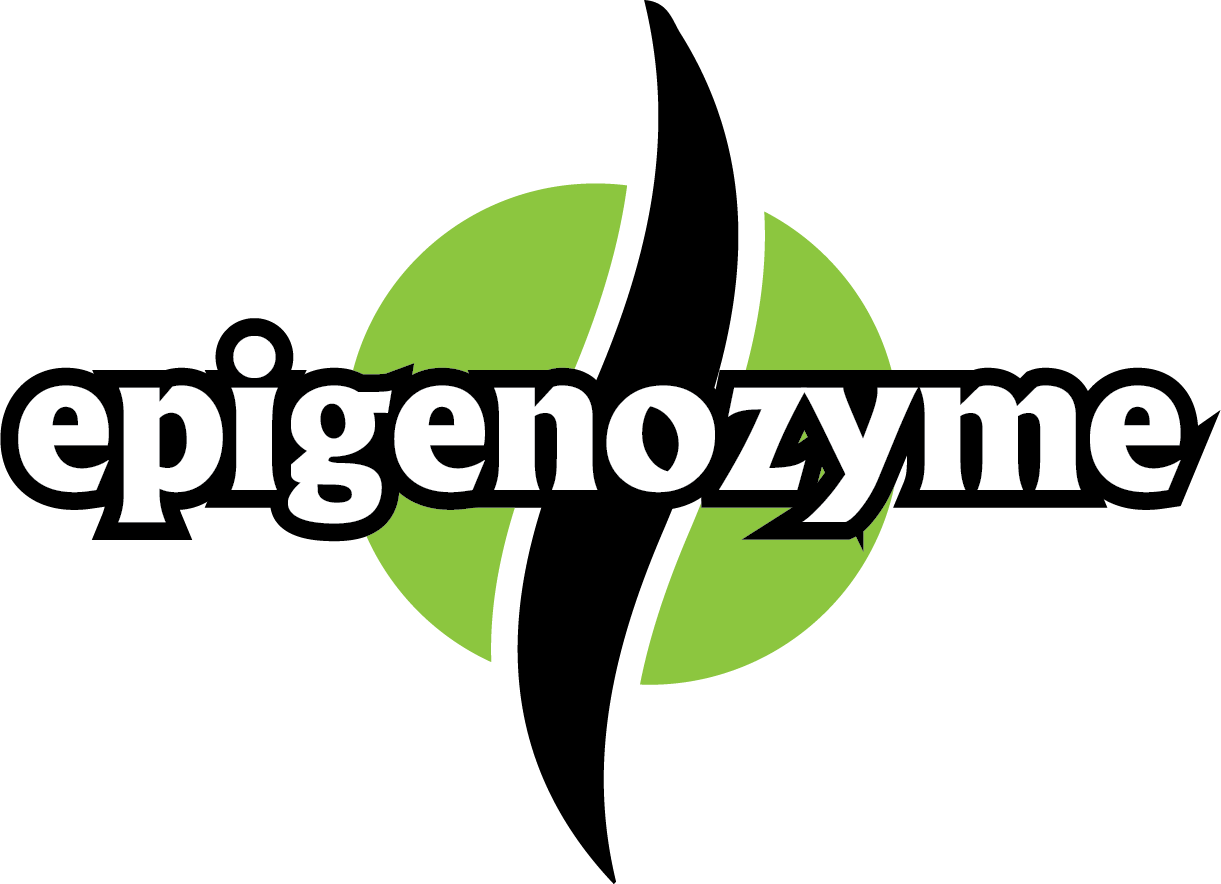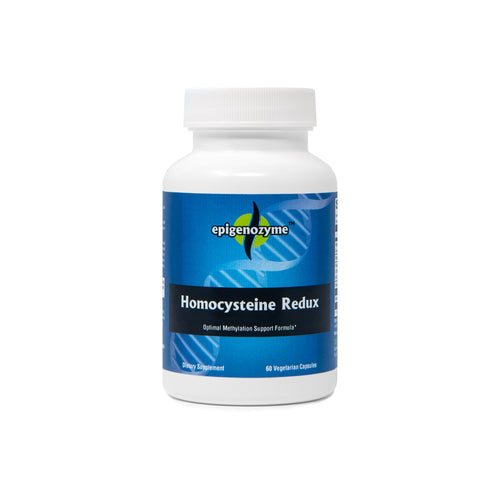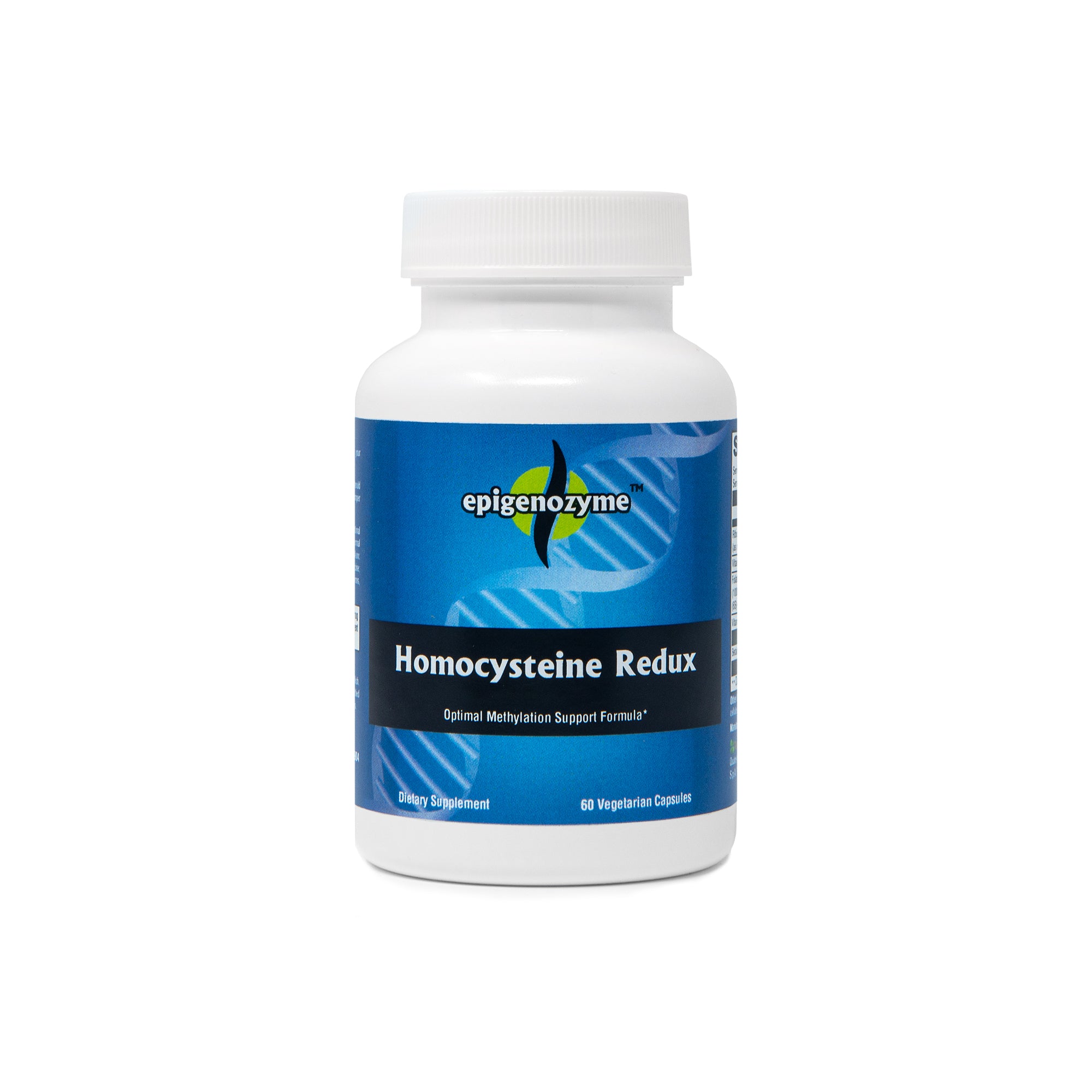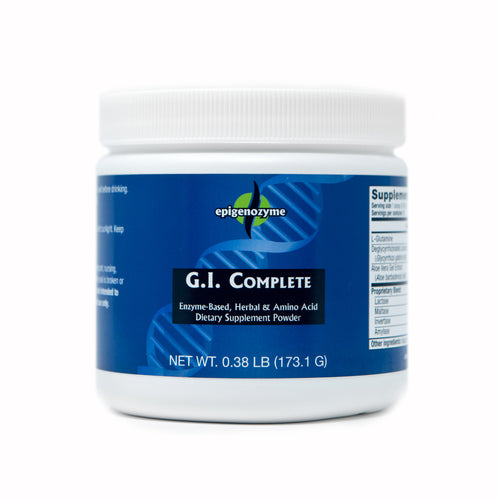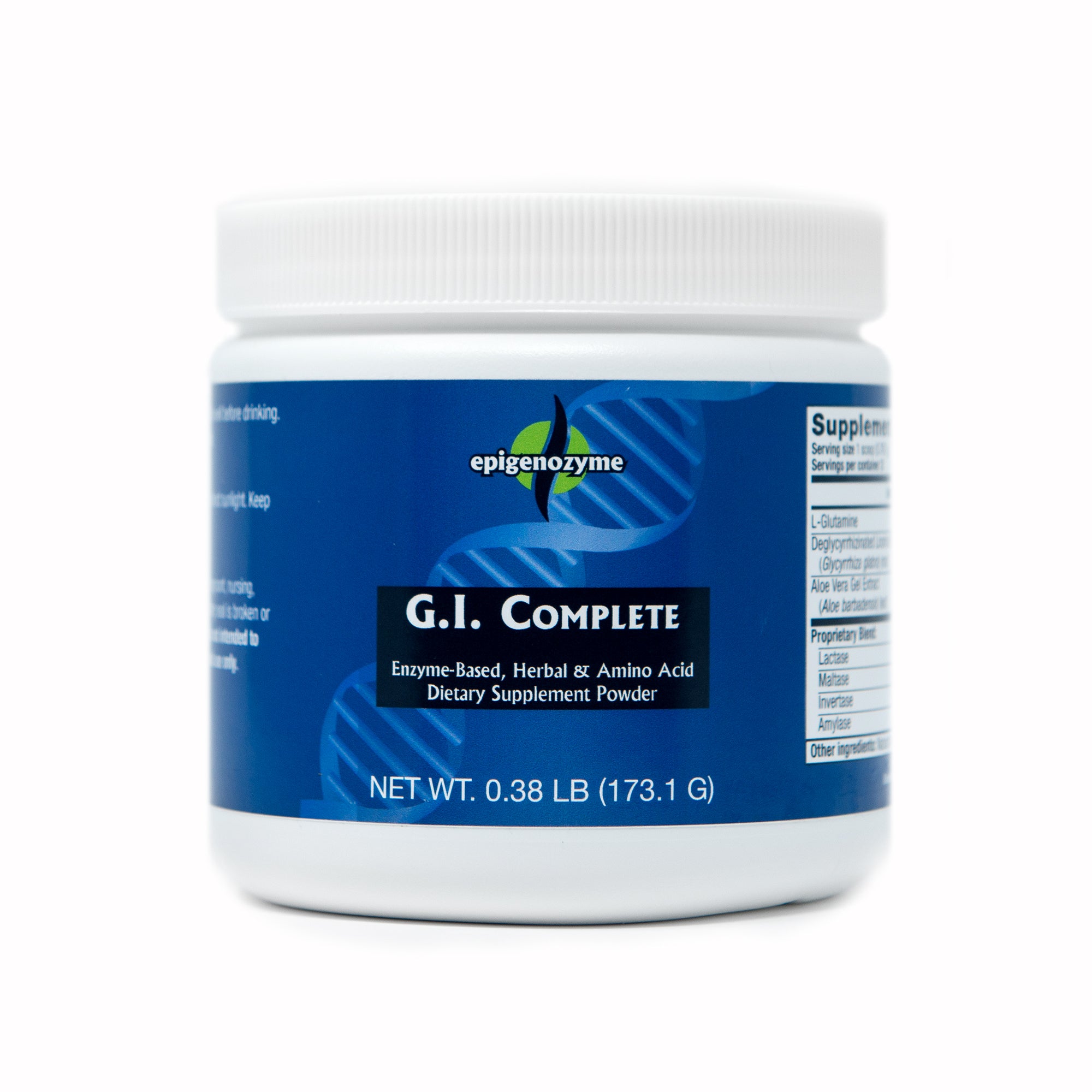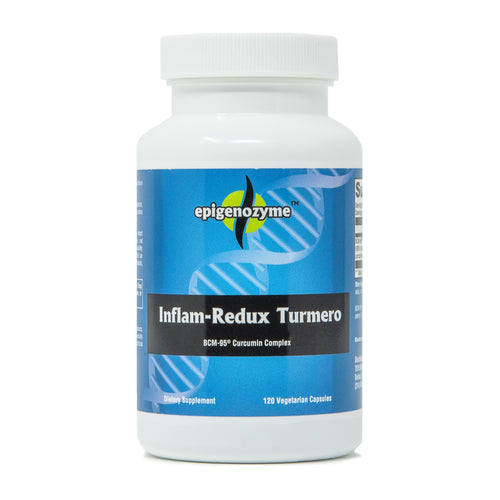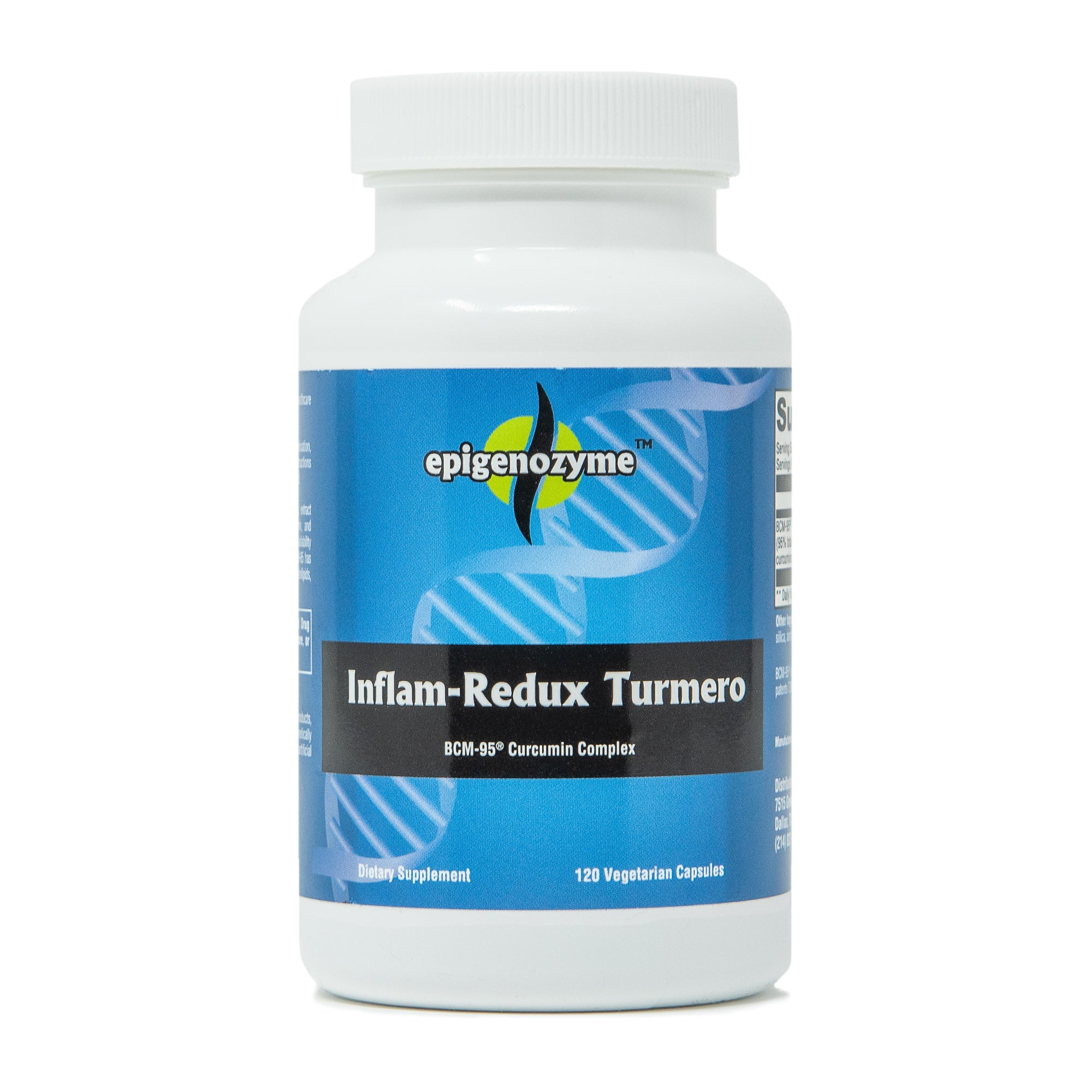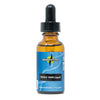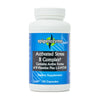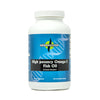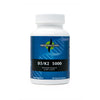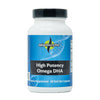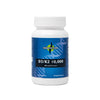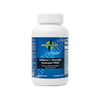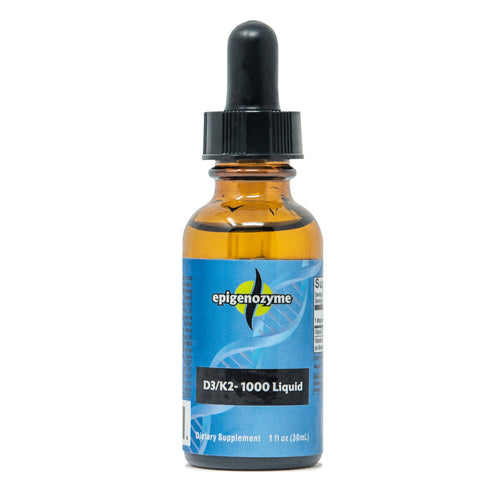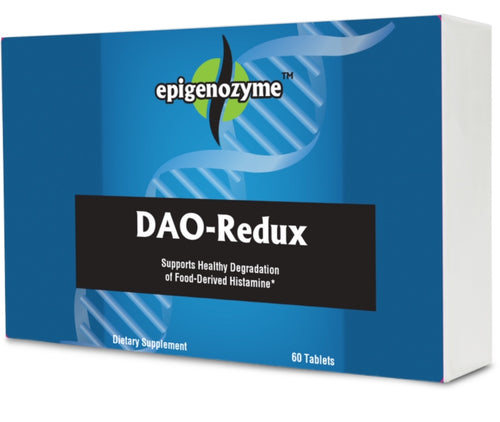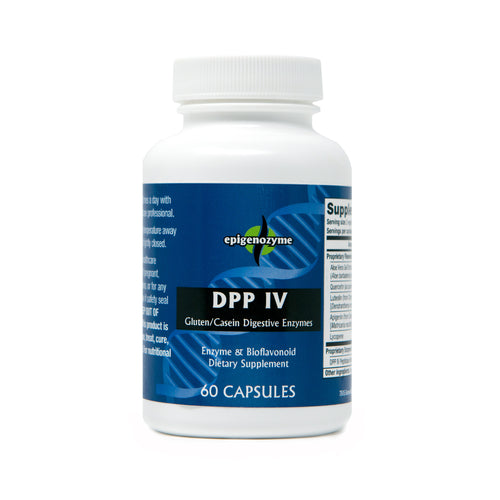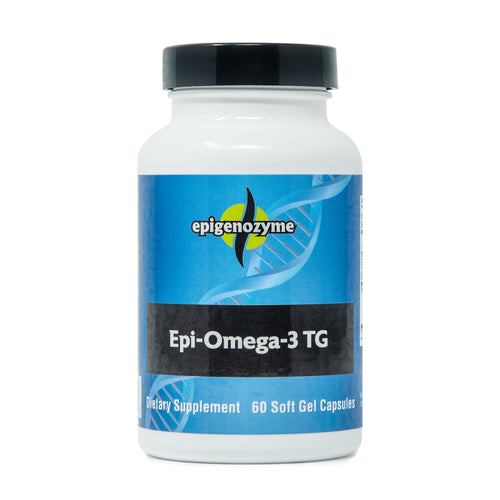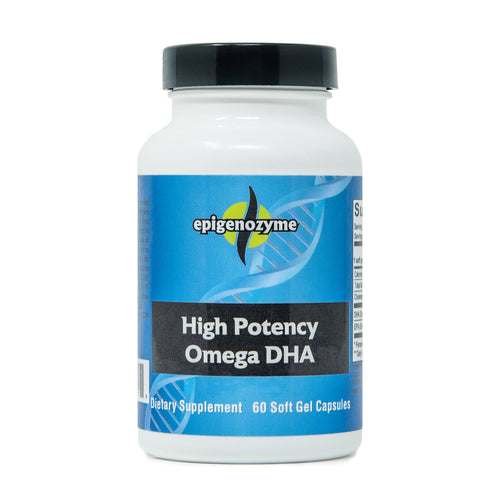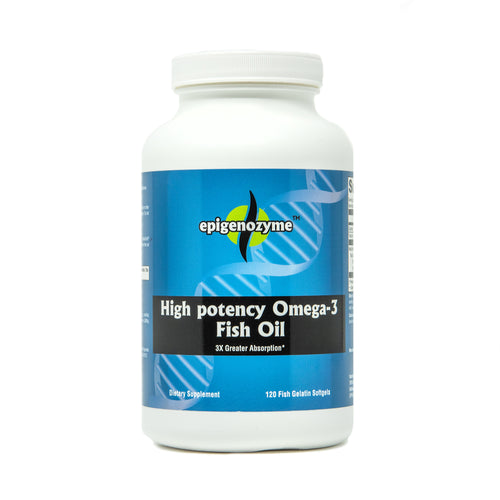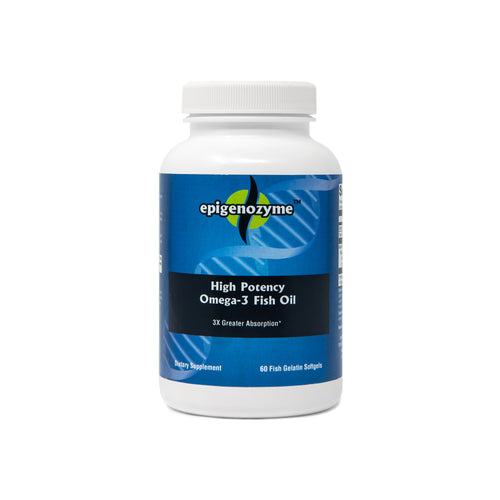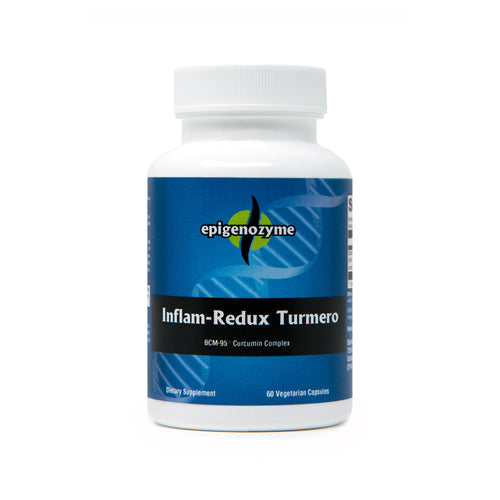Hist-Redux is a targeted blend of flavonoids, antioxidants, proteolytic enzymes and botanicals designed to provide comprehensive support for seasonal challenges caused by common environmental allergens. The formula includes quercetin, bromelain, stinging nettles leaf and N-acetyl cysteine. The powerful combination actively promotes healthy nasal and sinus passages for individuals with elevated histamine and respiratory irritation.
Quercetin†
Quercetin is a biologically active flavonoid antioxidant that is
widely distributed in plants, including oak trees, onions and
tea. Quercetin has strong antioxidant activity and has been
shown to support immune health by mediating the release
of inflammatory compounds, including leukotrienes and
prostaglandins.1,2 Quercetin is known for its ability to stabilize
mast cells, which diminishes the release of histamine, the
compound known to cause hypersensitivity reactions during
seasonal changes.3
Stinging Nettles Leaf†
Urtica dioica, commonly known as stinging nettles, is a plant
that has been shown to balance immune response, specifically
in the airways and nasal passages.4
Studies have shown that
the extract of stinging nettles leaf balances a variety of
inflammatory activities that affect respiratory health. Stinging
nettles leaf controls mast-cell degranulation, prostaglandin
formation and histamine action, which all contribute to a
balanced inflammatory response.5
Bromelain†
Bromelain is a plant enzyme naturally found on the stem and
fruit of the pineapple plant. Bromelain is a proteolytic enzyme
that aids in the breakdown of large protein complexes, including
antigenic compounds, and has been shown to enhance the
absorption of quercetin.6
Bromelain has been shown to reduce
circulating allergenic protein complexes associated with
hyperimmune sensitivity and seasonal discomfort.7
N-Acetyl Cysteine†
N-acetyl cysteine (NAC) is an amino acid precursor to
one of the most important antioxidants in the body,
glutathione.8
Both glutathione and NAC help reduce
the mucus viscosity to maintain cleared airways and
respiratory health.9,10
Vitamin C†
Humans cannot synthesize vitamin C, and it is, therefore, an
essential nutrient that must be consumed in the diet. Among
its numerous health-promoting properties, vitamin C is an
essential vitamin that supports the immune system and is also a
potent antioxidant. When the body is under a significant amount
of emotional or environmental stress, vitamin C is excreted
rapidly. Vitamin C has many immune-boosting properties but is
distinctively beneficial for individuals with seasonal discomfort
because of its ability to deactivate histamine.11,12
Suggested Use:
Loading Dose: 2 capsules three times per day for 7-10 days or as recommended by your health care professional.
Maintenance: 2 capsules per day or as recommended by your health care professional.
References
1. Della Loggia R, Ragazzi E, Tubaro A, et al.
Anti-inflammatory activity of benzopyrones that are
inhibitors of cyco- and lipo-oxygenase.
Pharmacol Res Commun. 1988;20:91-94.
2. Kim HP, Mani I, Iversen L, Ziboh VA. Effects of
naturally-occurring flavonoids and bioflavonoids on
epidermal cyclooxygenase and lipoxygenase from guinea
pigs. Prostagladins Leukot Essent Fatty Acids.
1998; 58:17-24.
3. Otsuka H, Inaba M, Fujikura T, Kunitomo M.
Histochemical and functional characteristics of
metachromatic cells in the nasal epithelium in allergic
rhinitis: studies of nasal scrapings and their dispersed cells.
J Allergy Clin Immunol. 1995 ;96(4):528-36.
4. Mittman P. Randomized, double-blind study of
freeze-dried Urtica dioica in the treatment of allergic
rhinitis. Planta Med. 1990; 56:44-47.
5. Obertreis, B. et al. Anti-inflammatory effect of
Urtica dioica folia extract in comparison to caffeic malic
acid. Arzneimittelforschung. 1996; 46(1): 52-56.
6. Shoskes DA, Zeitlin SI, Shahed A, Rajfer J. Quercetin in
men with category III chronic prostatitis: a preliminary
prospective, double-blind, placebo-controlled
trial. Urology. 1999; 54(6): 960-3.
7. Cichoke AJ. The Complete Book of Enzyme Therapy.
(1999). Garden City Park, NY: Avery Publishing Group.
8. Yim CY, et al. Use of N-acetyl cysteine to increase
intracellular glutathione during the induction of
antitumor responses by IL-2. J Immul. 1994;
152:5796-5805.
9. Ziment, I. Acetyl cysteine: a drug that is much more
than a mucokinetic. Biomed Pharmacother.
1988; 42(8):513-519.
10. Millar, AB, et al. Effect of oral N-Acetyl Cysteine on
mucus clearing. Br J Dis Chest. 1985; 79: 262-266.
11. Bland JS, Costarella L, Levin B, et al. Clinical Nutrition:
A Functional Approach. Second Edition. (2004). Gig Harbor,
WA: Institute of Functional Medicine.
12. Johnston CS. The antihistamine action of ascorbic acid.
Subcell Biochem. 1996;25:189-213.
